Buy this landscape artwork Black Tern by Rinnie Wijnstra (FotoAmeland ) on canvas, ArtFrame, poster and wallpaper, printed on demand in high quality.
About "Black Tern"
by Rinnie Wijnstra (FotoAmeland )
About the artwork
Black Tern
BREEDING
Black terns breed in May-June. They have one clutch per year of 2-3 eggs. Incubation period 20-22 days. The nest is made in freshwater environments on floating vegetation, preferably crab beds, or artificial nest rafts. They breed in small colonies. The young spend 25-28 days on the nest. They can leave the nest for extended periods from as early as the second week and are fed for some time after fledging.
LIVING AREA
Shallow and moderately nutrient-rich marshes and in agricultural areas with many ditches, marsh vegetation and mud banks. Extensive fields of crabgrass, water violet and pondweed and a lush, species-rich riparian zone (marshland) are the preferred habitat of this bird of fresh and brackish water marshes. In wintering grounds bird of seacoasts.
FOOD
Black terns eat small fish, amphibians, insects and earthworms. It often prays, picking up food from the water surface; also hunts flying insects.
BIRDS
Black terns can be seen in the Netherlands from mid-April into October. Until recently, much of the European and western Siberian population migrated to West Africa via the Netherlands (IJsselmeer) and the coast. Some still fly much further. Autumn migration takes place between the end of June and the end of September. In July, August and early September, large numbers gather in the IJsselmeer region, an important way station. Yet here numbers have declined sharply, and many black terns avoid our country on migration. 'At night, black terns sleep together. Island De Kreupel is an important place for this.

About Rinnie Wijnstra (FotoAmeland )
There is a lot to say about photography, but good photos say it all. My portfolio offers a selection of my work, photographed in the versatile Ameland landscape, which is different every day. The photos tell my story and show that photography is my passion... Read more…
 Germany
Germany Ordered in May 2019
Ordered in May 2019
 Germany
Germany Ordered in May 2024
Ordered in May 2024
 Netherlands
Netherlands Ordered in September 2017
Ordered in September 2017

 Germany
Germany Ordered in April 2020
Ordered in April 2020
 Netherlands
Netherlands Ordered in April 2017
Ordered in April 2017
 Germany
Germany Ordered in May 2025
Ordered in May 2025
 Germany
Germany Ordered in December 2024
Ordered in December 2024
 Germany
Germany Ordered in February 2024
Ordered in February 2024
 Germany
Germany Ordered in October 2022
Ordered in October 2022
 Netherlands
Netherlands Ordered in May 2021
Ordered in May 2021
 Netherlands
Netherlands Ordered in February 2019
Ordered in February 2019

 Netherlands
Netherlands Ordered in December 2023
Ordered in December 2023
About the material
ArtFrame™
Interchangeable Art Prints
- High-quality print
- Easily interchangeable
- Acoustic function
- Large sizes available
Discover the artworks of Rinnie Wijnstra (FotoAmeland )
 Lighthouse at sunsetRinnie Wijnstra (FotoAmeland )
Lighthouse at sunsetRinnie Wijnstra (FotoAmeland ) Ameland/Lighthouse at sunsetRinnie Wijnstra (FotoAmeland )
Ameland/Lighthouse at sunsetRinnie Wijnstra (FotoAmeland ) Ameland/WadRinnie Wijnstra (FotoAmeland )
Ameland/WadRinnie Wijnstra (FotoAmeland )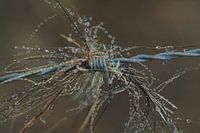 Macro DropsRinnie Wijnstra (FotoAmeland )
Macro DropsRinnie Wijnstra (FotoAmeland )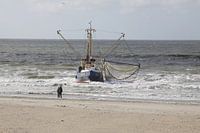 Ameland/Boat on the beachRinnie Wijnstra (FotoAmeland )
Ameland/Boat on the beachRinnie Wijnstra (FotoAmeland ) Wadden Sea AmelandRinnie Wijnstra (FotoAmeland )
Wadden Sea AmelandRinnie Wijnstra (FotoAmeland ) Horse rescue boatRinnie Wijnstra (FotoAmeland )
Horse rescue boatRinnie Wijnstra (FotoAmeland ) Horse LifeboatRinnie Wijnstra (FotoAmeland )
Horse LifeboatRinnie Wijnstra (FotoAmeland )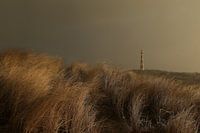 Ameland LighthouseRinnie Wijnstra (FotoAmeland )
Ameland LighthouseRinnie Wijnstra (FotoAmeland ) Ameland at its bestRinnie Wijnstra (FotoAmeland )
Ameland at its bestRinnie Wijnstra (FotoAmeland ) ShellRinnie Wijnstra (FotoAmeland )
ShellRinnie Wijnstra (FotoAmeland )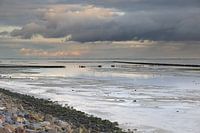 Ameland at its most beautifulRinnie Wijnstra (FotoAmeland )
Ameland at its most beautifulRinnie Wijnstra (FotoAmeland ) Ameland at its most beautifulRinnie Wijnstra (FotoAmeland )
Ameland at its most beautifulRinnie Wijnstra (FotoAmeland ) Ameland at its most beautifulRinnie Wijnstra (FotoAmeland )
Ameland at its most beautifulRinnie Wijnstra (FotoAmeland ) Ameland at its most beautifulRinnie Wijnstra (FotoAmeland )
Ameland at its most beautifulRinnie Wijnstra (FotoAmeland ) Ameland at its most beautifulRinnie Wijnstra (FotoAmeland )
Ameland at its most beautifulRinnie Wijnstra (FotoAmeland )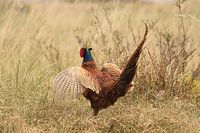 Pheasant in courtship plumageRinnie Wijnstra (FotoAmeland )
Pheasant in courtship plumageRinnie Wijnstra (FotoAmeland ) Ameland lighthouseRinnie Wijnstra (FotoAmeland )
Ameland lighthouseRinnie Wijnstra (FotoAmeland ) Ameland lighthouseRinnie Wijnstra (FotoAmeland )
Ameland lighthouseRinnie Wijnstra (FotoAmeland ) Ameland lighthouseRinnie Wijnstra (FotoAmeland )
Ameland lighthouseRinnie Wijnstra (FotoAmeland )
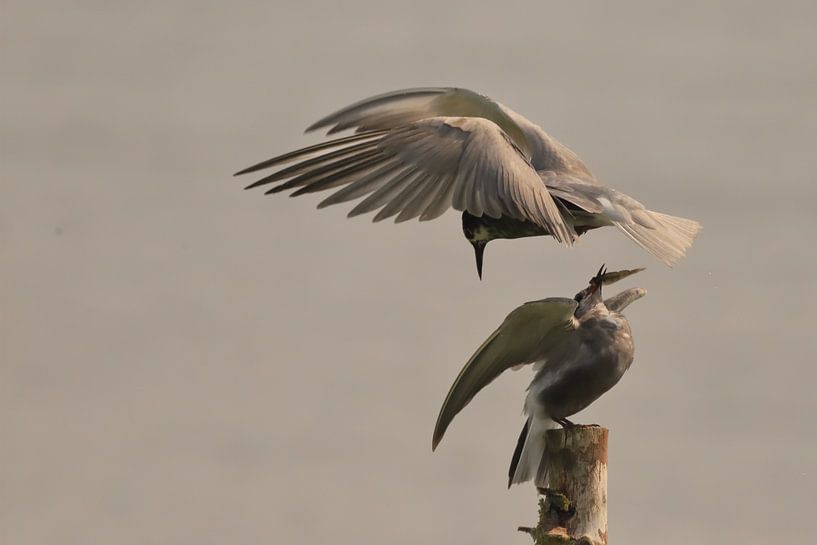






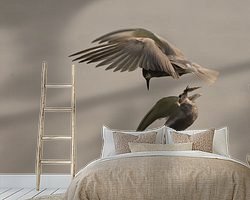





 Birds
Birds Fishing
Fishing Landscapes
Landscapes Photo wallpaper
Photo wallpaper Photography
Photography Sea animals
Sea animals Serene Peace
Serene Peace Water
Water









